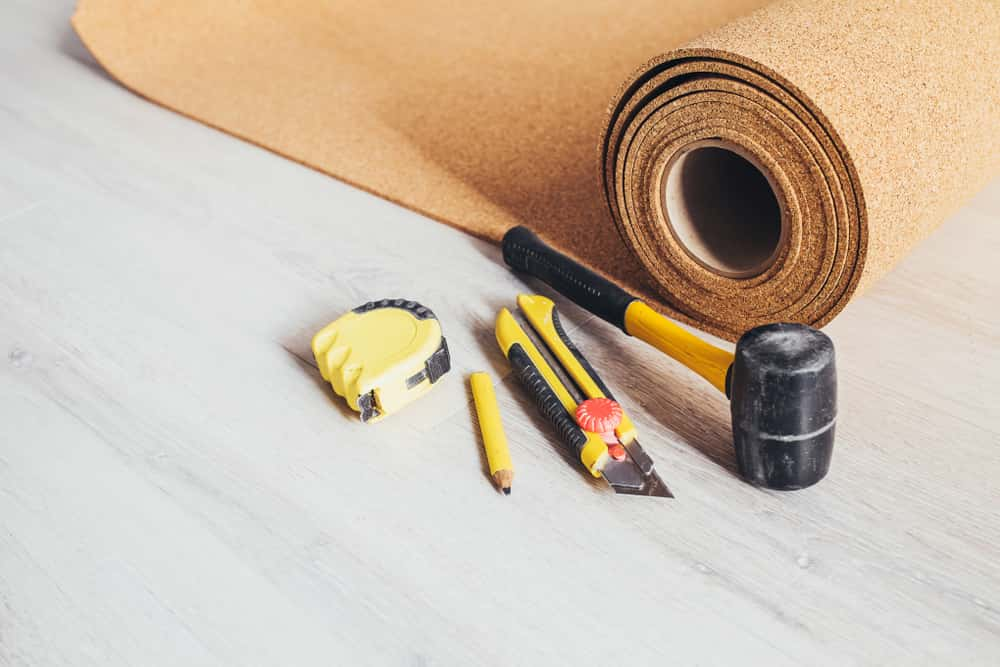The honking of cars and rattling from construction sites are all noises we witness today. But, while sound can be pleasing, noise is something that annoys us. So, especially while selecting the right home, we tend to prefer places with low noise levels. “How to reduce noise at home” is a popular question we get asked as designers. And we cannot deny its importance. That is because home is a place for relaxing and recreation, which needs to be peaceful. This makes sound insulation an integral part of home designs.
What Is Soundproofing?
It means reducing sound through any means. For home interiors, soundproofing means reducing sound transmission between two built spaces. Building materials and interior design solutions help to achieve sound insulation.
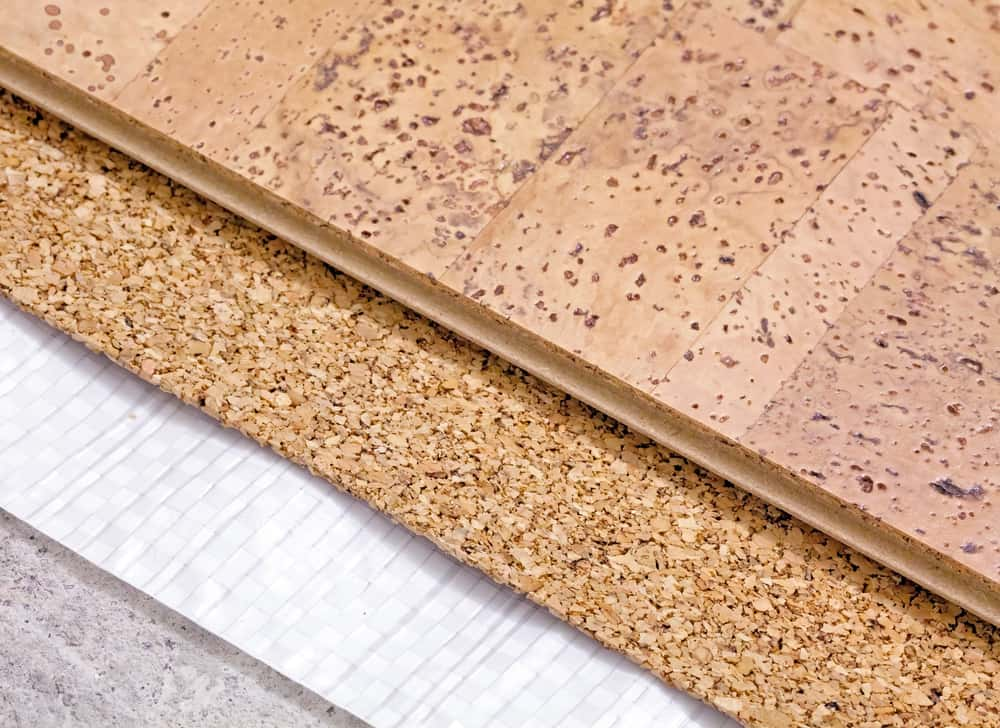
Is it Important to Soundproof Your Home?
Yes, it is crucial to have sound insulation in your home. Soundproofing helps to wholly or partly restrict the passage of sound between spaces. It is an essential design element for Indian kitchens, where cooking can be noisy. Also, for metropolitan cities where apartment living is the norm, soundproofing becomes necessary. So, if you are also seeking ideas to soundproof your home, then below is a list you can take help from.
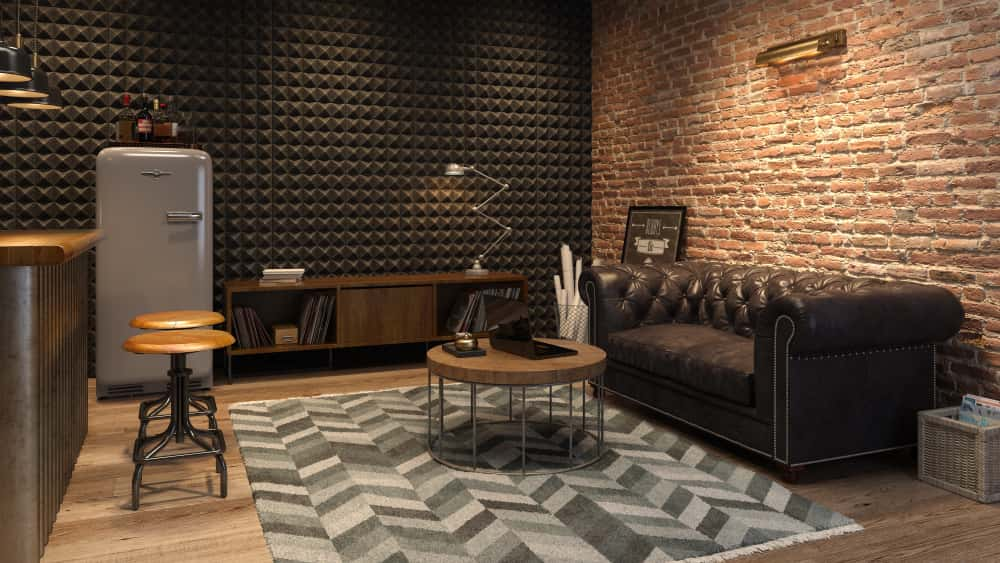
How to Reduce Noise at Home?
There are plenty of ways to insulate your home from the sound. The two primary methods of sound insulation are by its absorption or resistance. While selecting interior finishes, Sound Transmission Class (STC) rating is an influential factor. STC is the effectiveness of any material to restrict sound. The higher the STC, the better sound blocking it will provide and vice versa. With that said, here are some of the best ways you can try to soundproof your home.
Walls
A wall by itself creates a sound transmission barrier. But activities such as music or cooking can travel beyond wall barriers. Also, in smaller homes, it is challenging to separate noisy zones from silent zones. Thus, soundproofing walls becomes a great way to enhance the user experience of a space. If there is an existing wall, you can construct drywall beside it to reduce noise levels. But, if you are getting your home interiors done, it is good to soundproof your home while the work is ongoing. Consider using the caulk sandwich approach for soundproofing. Construct two layers of drywall and separate them with acoustical caulk. Keep a check for any wall cavities. You can locate them besides switchboards and openings. Caulk or Mass-Loaded Vinyl (MLV) are suitable materials to conceal them.
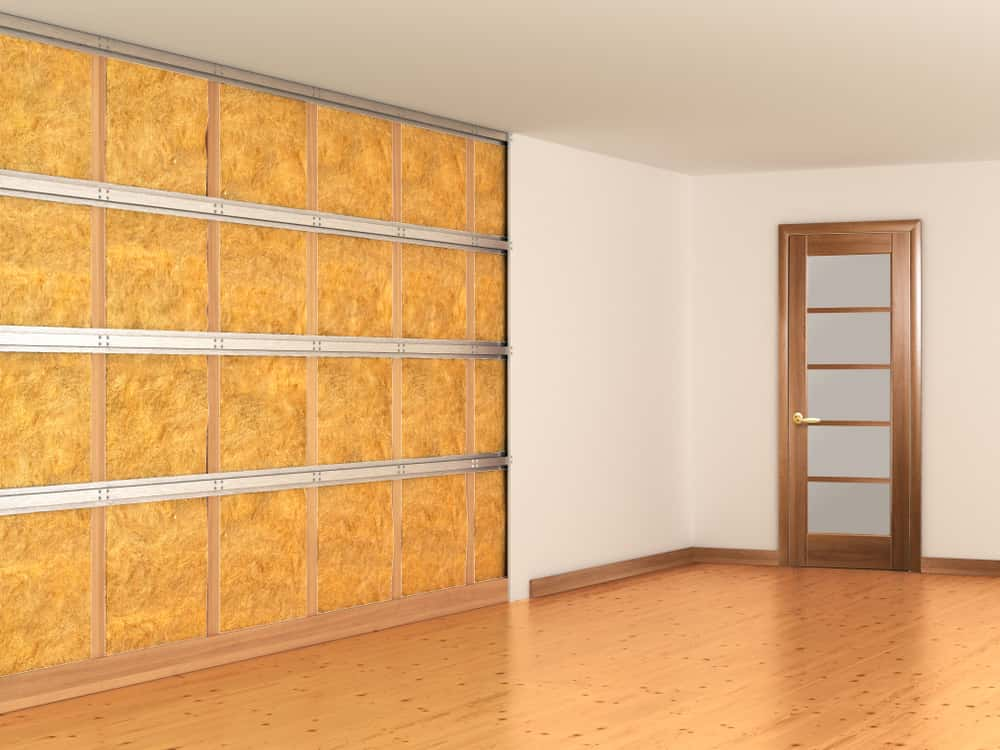
Doors
They are less dense than walls because they have to be pushed or pulled while entering or exiting a space. If you are puzzled about reducing noise at home, then soundproofing of doors is a good idea, to begin with. A primary way to do this is to install solid-core doors in your home. Doors with a solid-core have wood or a composite material between the two-door faces. These solid—cores can either consist of hardwood or Medium Density Fiberboard (MDF). You can also select sound-blocking doors. They have a sandwiched layer of particleboard and lead to absorb sound. Another critical area to work on is around the door edges. There exist air gaps at the bottom and joints of a door. Weather stripping or sweeps are a great way to conceal these gaps.
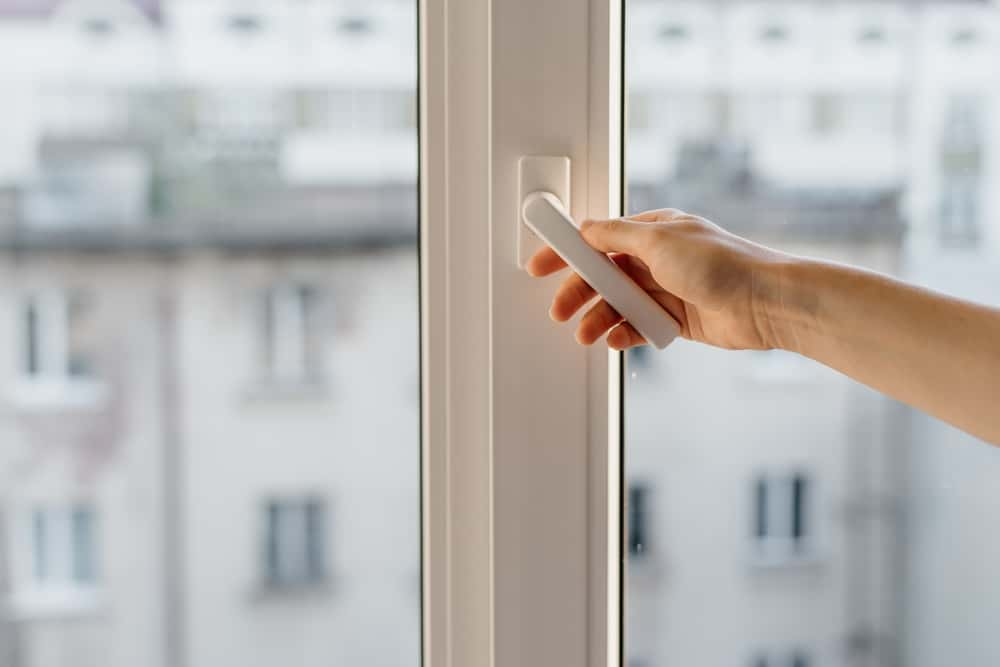
Windows
Windows are wall openings to create transparency between the exteriors and the interiors. Glass thickness and space between window panes are the key sound-blocking factors. Double-glazed windows are a great choice to soundproof your home. You can also find soundproof windows available in the market. They are installed beside your existing windows with a gap between them. This gap helps curb sound from entering your home, even if you live in the most heavy-traffic areas. Another way to sound block windows is to have two-pane windows. The air gap between the window panes will help to restrain the noise vibrations. Like doors, the gaps between the frame and wall can be concealed with caulk, MLV, or weather stripping.
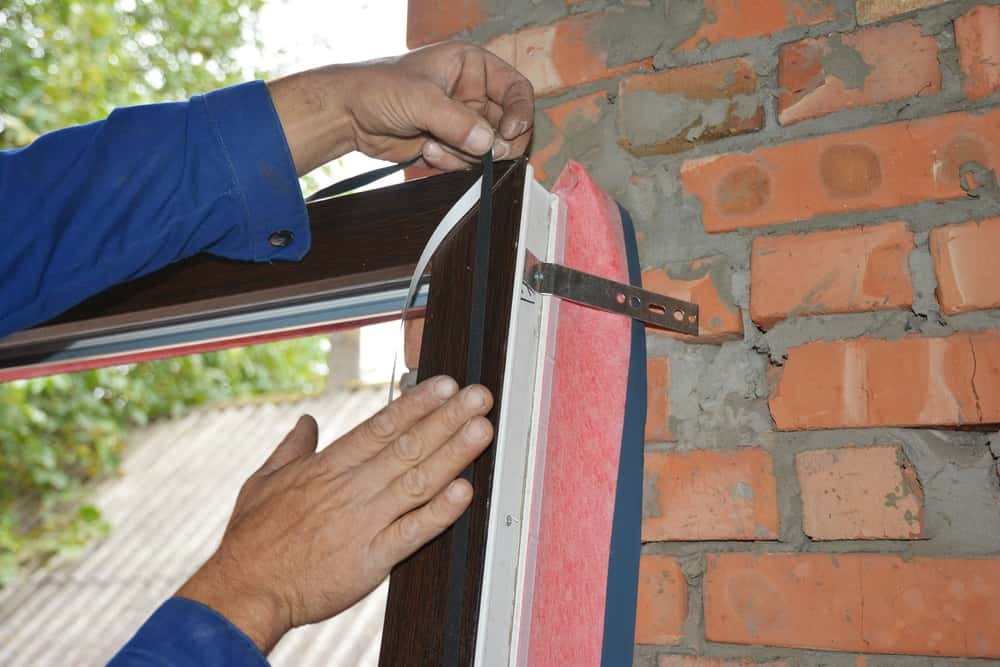
Flooring and Ceiling
Drywall is recommended to reduce sound transmission through ceilings. But, it might be a messy affair if you are already living in the house. Using an acoustic foam panel is another great way to answer how to reduce noise at home. You can select them as per the room aesthetics and merge them with the room design. Screwing plywood on the ceiling is also a good way for soundproofing. When it comes to flooring, the trendy idea is to install acoustic tiles. Thick carpets and rugs are an alternative way to soundproof flooring. Acoustic rubber mats can also help in resisting vibration from floors.
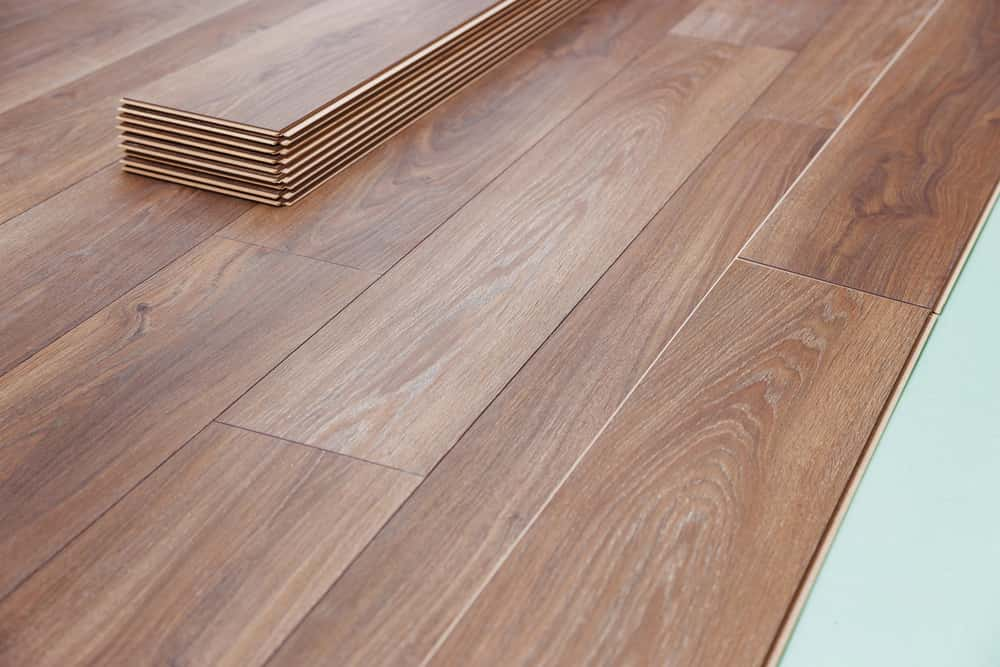
Furniture
Bulky sofas with cushioned upholstery work well to absorb sound. Curtains, rugs, and mattresses are a part of soft furnishings for home interiors. Selecting them in a thick fabric works well to soundproof your home. Shelves and display units filled with books can also act as a good sound barrier. Your furniture placement can concentrate bulky furniture along with the sound transmitting source.
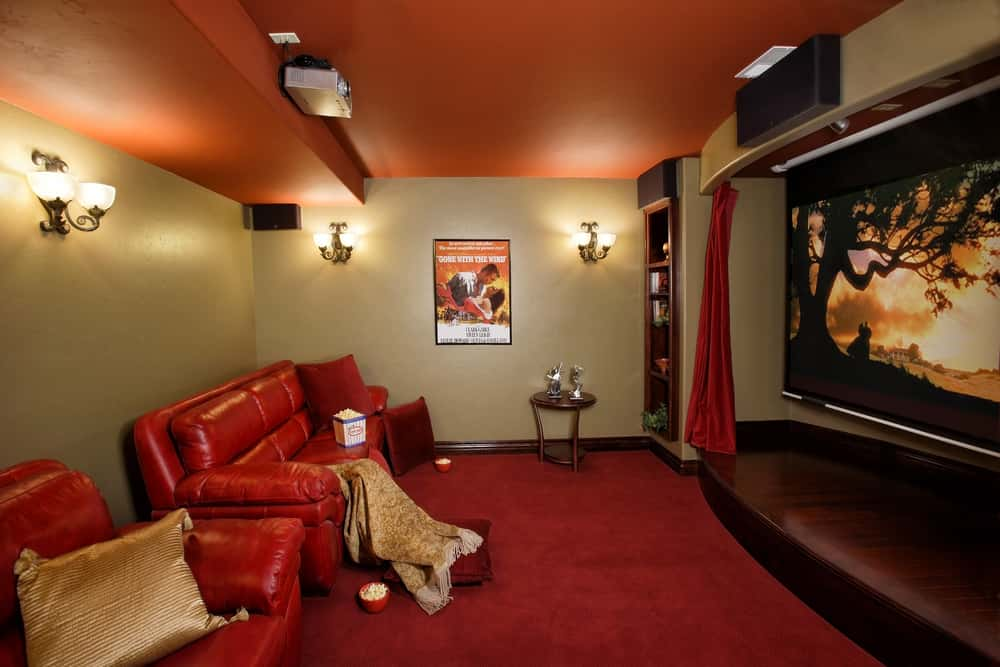
B Brown
We understand that there is nothing more disturbing than a pestering, loud sound. And, the ways mentioned above to soundproof your home will come in handy to cut that noise. You can also discuss soundproofing ideas with a HomeLane expert designer. Visit HomeLane to discover more about it.

